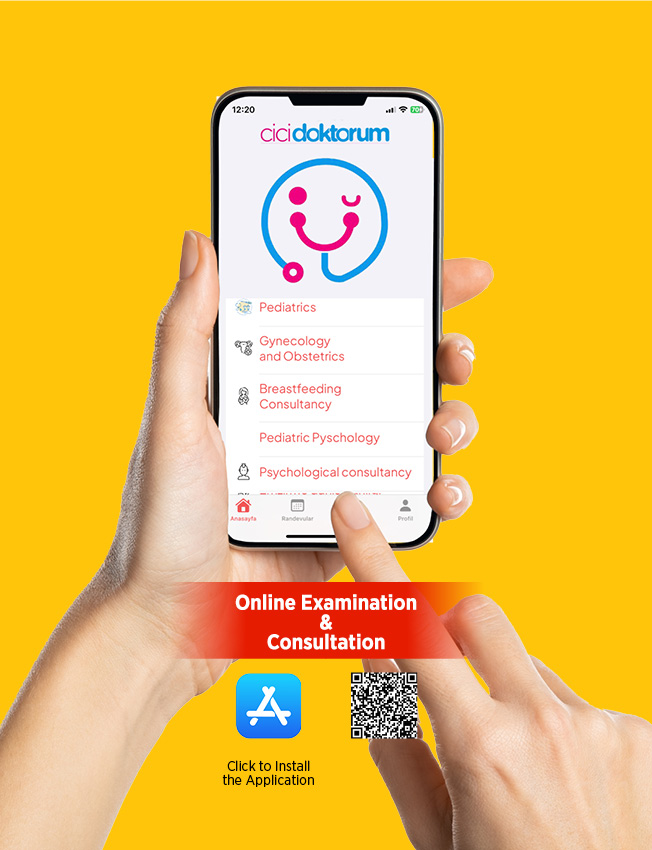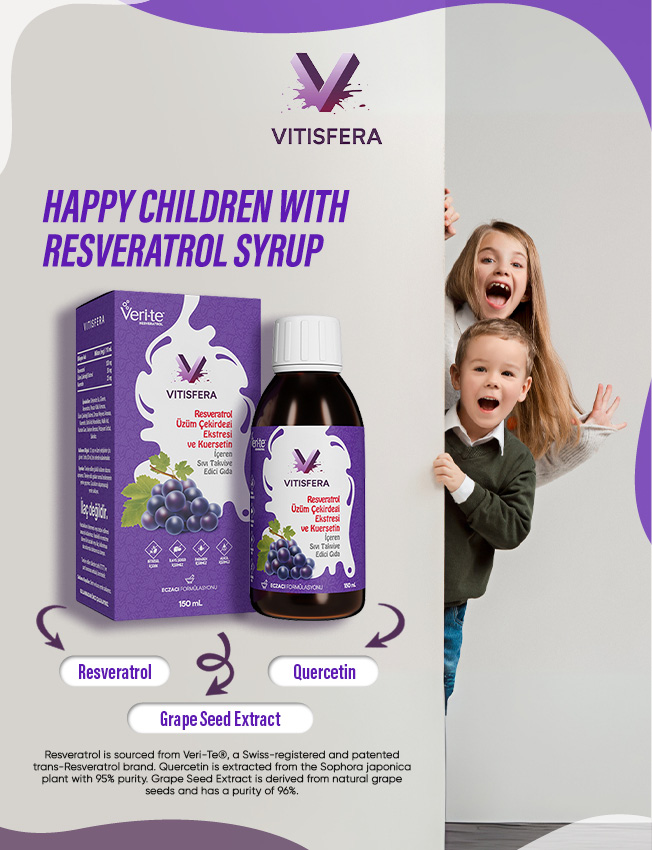When Breastfeeding Mothers Return to Work…

A mother who is about to return to work often has many questions on her mind — especially if she’s breastfeeding and leaving her baby in the care of a nanny. That’s why we’ve prepared this mini guide in the hope of supporting mothers returning to work after giving birth.
If possible, every baby should be fed with breast milk. This is extremely important for the health of both baby and mother. Breast milk is the healthiest food for your baby, constantly adapting to the baby’s age and changing needs. The antibodies it contains protect your baby from illnesses. In addition, breastfeeding is a wonderful way for mothers and babies to maintain their special bond even while spending most of the day apart. In this article, we aim to support breastfeeding working mothers and make the return to work after childbirth a little easier with our suggestions.
Things to Do Before Returning to Work:
Decide Who Will Care for the Baby
If someone other than a close family member will care for your baby, it’s best to start looking for a caregiver as early as possible. Let’s say you find a suitable nanny quickly spending time together beforehand will allow you to observe her and express your expectations clearly.
Install a Camera System at Home
You’ve long awaited your baby and have cared for them lovingly naturally, you’ll be curious and want to see or even talk to your baby during the workday. A home camera system will allow you to do this.
Start Building a Breast Milk Stash
Begin planning this about 3 weeks before your return to work or even 1 month in advance. It may take time to increase your milk production on top of your regular daily supply. So start pumping early. At first, pumping might be difficult and you might not express much milk. What matters is your intention, decision, and consistency. Give your body time and things will settle.
Get Your Baby Used to a Bottle
If your baby is used to direct breastfeeding, switching to a bottle may take time. Spend the last two weeks of your leave introducing the bottle. Try to give 1–2 feedings per day with a bottle to help your baby adjust and ease your mind.
Do Trial Runs in the Final Week
You’ve worked on creating a routine, and now it’s the final week. Use this time to run trials. For example, leave your baby with the caregiver or relative for a full day. Observe is your baby comfortable? How do you feel? Your peace of mind is just as important as your baby’s.
Talk to Your Workplace
Continuing to breastfeed means you’ll need to pump at work. Some workplaces provide appropriate spaces for this. If not, speak with your employer or HR and make it clear that this is important to you. To maintain milk supply, pumping should occur every 3 hours — just as it would if the baby were nursing directly.
Plan Your Breastfeeding Sessions
One common issue mothers face after returning to work is a decrease in milk supply. To avoid this, breastfeed as often as possible before returning. Planning is essential for working moms. Set aside time to nurse your baby in the morning before work and immediately upon returning home. This helps maintain the baby’s latch and signals your body to keep producing milk.
Prepare Necessary Equipment
You’ll figure out what products make pumping easier as you go. Essentials include milk storage bags and a refrigerator. But most importantly, invest in a reliable and efficient breast pump.
Take Care of Yourself
You’re a new mom, and now you’re heading back to work. Adding pumping into your routine might feel overwhelming at first. But remember, this is only for a period of time, and everything unfamiliar feels harder in the beginning. As you go through it, you’ll find your own shortcuts and make it work. Our top advice is: don’t neglect your self-care. Drink plenty of water, eat well, and ask for help or take breaks when needed. A burnt-out mother can’t help anyone not even herself.
Acknowledge Your Feelings, but Don’t Get Lost in Them
Is it easy? Of course not. But here’s the truth we feel guilty if we work, and guilty if we don’t. No solution is perfect, but none are completely wrong either. Embrace your choice. If you’ve decided to go back to work, stand by it.
How Often Should You Pump at Work?
This varies from person to person, but here’s one way to plan:
Think about how many times you would breastfeed your baby if you were at home. Based on your baby’s age and your breast fullness, create a schedule. Pumping usually takes about 15–20 minutes but may take longer sometimes. Try to plan your workday around this. And remember there can always be surprises.
What Do You Need to Pump at Work?
The most important thing is a private, comfortable space where you can relax. You’ll need to be able to take breaks to pump during the day. Try to stay relaxed while pumping. If possible, avoid thinking about work during this time. Looking at photos or videos of your baby or watching them on your home camera system can help increase the amount of milk you pump.
How to Store Pumped Breast Milk?
Use breast milk storage bags that are BPA and BPS free, or sterilized bottles with secure lids. When storing milk, keep these in mind:
- Label each bag or bottle with the date and time of expression.
- Don’t fill storage bags to the top frozen milk expands.
- Thaw frozen milk using the bain-marie method (warm water bath).
- Once thawed, milk can be stored in the fridge for 24 hours.
- Never refreeze thawed milk.
- If you won’t use the milk within 3 days, place it in the freezer.
- Store milk in portions that match your baby’s typical feeding amount.
At work, expressed milk can be stored for up to 24 hours in a cooler bag with ice packs. Once you get home (or to your destination), immediately feed the milk to your baby or place it in the fridge or freezer.









